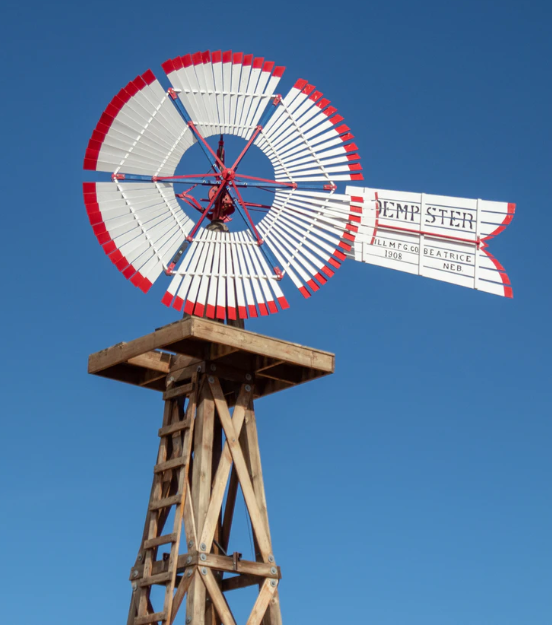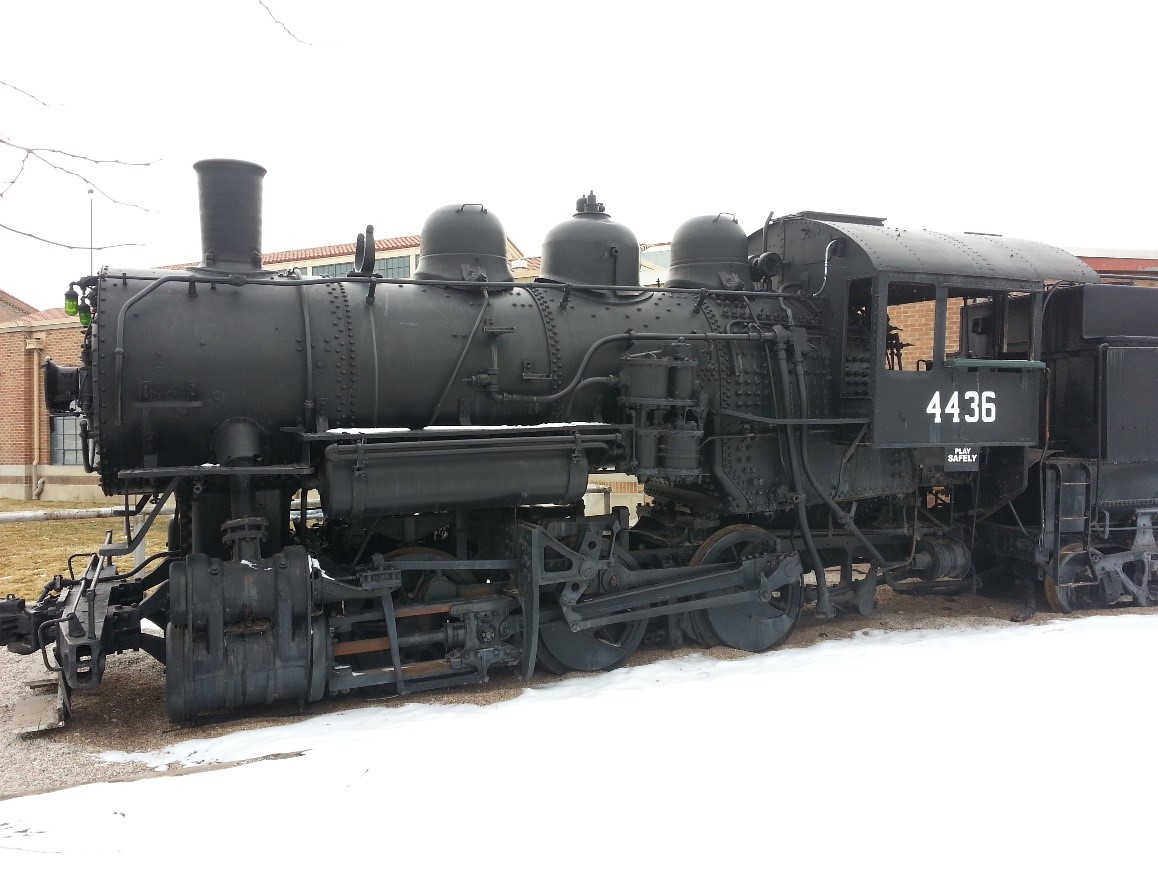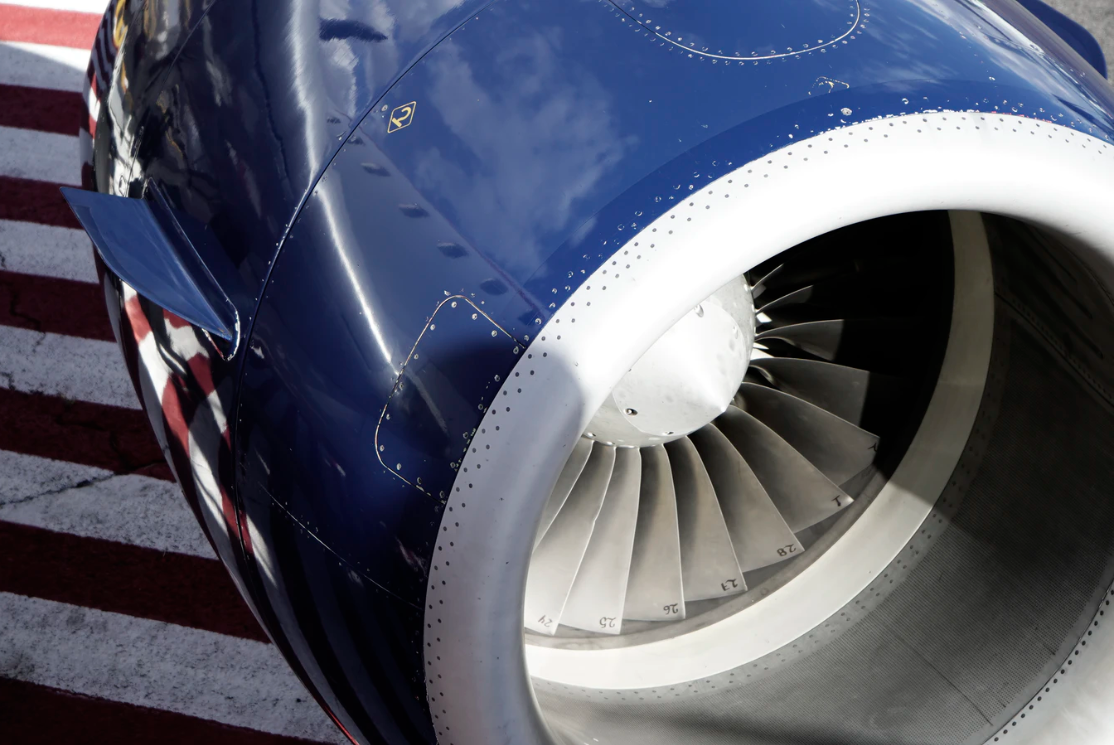Turbines and Their Applications (Part I)
When you hear the word “Turbine” what is the first thing that comes to mind? Perhaps it is the gas-turbine engine of the last airplane you caught a ride on. The first turbine-powered aircraft wasn’t developed until WW2. That’s when the word “Turbine” entered common usage. Turbines, however, were in use long before that time.
Turbines of varying forms, configurations, and utilizing various media1 have been used for power generation, providing mechanical work and propulsion. In this first installment, we will explore their various items, many that we are very familiar with and some that we are not, that fits the definition of a turbine. In subsequent installments, we’ll expand to include some of the improvements that make turbines a valued part of modern life.
Merriam-Webster defines a turbine as “a rotary engine actuated by the reaction or impulse, or both, of a current of fluid (such as water, steam, or air) subject to pressure and usually made with a series of curved vanes on a central rotating spindle”. Another useful definition is that a turbine “is a rotary mechanical device that extracts energy from a fluid and converts it into useful work. In that vein, windmills, and waterwheels, things that everyone is familiar with, fit the definition of a turbine.

In effect then, turbines have been around since the beginning of recorded history. The types of turbines that those of us here in the present time are most familiar with, however, are usually less nostalgic. Present-day uses for turbines include those that process water and steam for power generation. Water converted to steam is useful in this way because, when water gets heated to above boiling temperatures (superheated) in an enclosed container, a bunch of energy can be stored.
To give you an idea of how much energy heated water possess, recognize that if a single drop (that is, 0.05 mL) of superheated water is released into the air the volume increases by as much as 1600 times. In similar fashion, a thimble full (250 mL) will suddenly expand to occupy a space of 400 Liters, or about the size of a kitchen refrigerator or a 55-gallon drum. This kind of fluid expansion can be used to drive pistons, such as in the old steam locomotives, or if directed against the curvature of a turbine blade, impart rotation to a shaft.

Air turbines function a bit different from steam turbines in that the fluid passing through an air turbine does not change phase, which is the change from a liquid to a vapor. However, the principles wherein air turbine power, or in some cases thrust, is developed remain the same as for steam turbines. Similar to water in steam turbines, the energy of the air is also increased, by increasing its pressure and temperature, before it is introduced to the turbine. The pressure and heat are increased by passing through multiple stages of an impeller, compressor blades, and combustor, where fuel is burned. The now compressed and heated air is then passed through a turbine, which in turn back powers the impeller and/or compressor. Any energized air that is left over (roughly 25%) can then be used in heat exchangers, as in manufacturing and chemical industry processes, or can be used to produce thrust, as in jet or turbo-prop-powered aircraft.
In land-based vehicle applications, turbines are employed to increase power and efficiency of gasoline or diesel, piston-powered (reciprocating) engines. These turbines are referred to as turbochargers. In turbocharger applications, the heat and pressure of internal combustion engines are used to spin the impeller. This impeller spin increases the intake manifold pressure, which means more oxygen per unit volume intake air, allowing more fuel to be burned, resulting in more shaft horsepower output from the engine.
However, the most often recognized use of the word turbine is that of air and land-based gas turbines. Land-based gas turbines are heat engines whose most common usage is to generate electrical power, drive compressors or pumps that move gases or fluids down a pipeline or propel a locomotive. The land-based gas turbine, depending on its application, can be as big as most commercial-type aircraft or, in the case of microturbines, be as small as a household appliance.
Finally, as you all know well, the air-based turbine engine is used to propel aircraft. We’ll begin our next article on this, my favorite topic, the various types, and uses of aircraft turbines.

1 a substance that makes possible the transfer of energy from one location to another. It’s a common usage term for people who process bulk materials, such as grain, gravel, soil, air or water.
About the Author
G. Wayne Maltry, AMT, BSAE, MSME, PE is a Consulting Engineer in our Columbia, SC Office. Mr. Maltry offers consulting services in the following areas: fracture and failure analysis, including finite element analysis; aircraft crash and vehicle collision investigation and reconstruction; origin and cause of air and land vehicle, structure and equipment fires; machinery scope of damages; assessment of appliances, machinery, vehicles and equipment (including HVAC); evaluation and analysis of process equipment, plumbing and piping; industrial accident analysis; and lightning damage assessment. You may contact him for your forensic engineering needs at wmaltry@edtengineers.com or (803)791-8800.
Learn about how EDT Forensic Engineering & Consulting approaches vehicle damage assessments, origin of fire and forensic engineering by assigning a file today.

